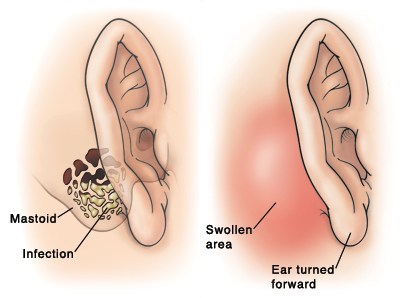The uterine transplant is the surgical procedure whereby a healthy uterus is transplanted into an organism of which the uterus is absent or diseased. As part of normal mammalian sexual reproduction, a diseased or absent uterus does not allow normal embryonic implantation, effectively rendering the female infertile. This phenomenon is known as absolute uterine factor infertility (AUFI). Uterine transplant is a potential treatment for this form of infertility.

The first uterine transplant performed in India took place on 18 May 2017 at the Galaxy Care Hospital in Pune, Maharashtra. The 26-year-old patient had been born without a uterus, and received her mother’s womb in the transplant. India’s first uterine transplant baby, weighing 1.45 kg, was delivered through a Caesarean section at Galaxy Care Hospital in Pune on Thursday. The surgery was performed by a team of doctors at Pune’s Galaxy Care Hospital and led by the hospital’s medical director, Dr. Shailesh Puntambekar.
The transplant is intended to be temporary – the recipient will undergo a hysterectomy after one or two successful pregnancies. This is to avoid the need for her to take immunosuppressive drugs for life with a consequent increased risk of infection.
The procedure remains the last resort: it is a relatively new and somewhat experimental procedure, performed only by certain specialist surgeons in select centres, it is expensive and unlikely to be covered by insurance, and it involves risk of infection and organ rejection. Some ethics specialists consider the risks to a live donor too great, and some find the entire procedure ethically questionable, especially since the transplant is not a life-saving procedure


